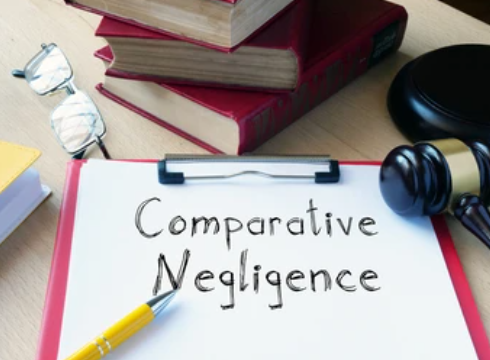Exploring Fault in Motor Accidents: Comparative Negligence Laws
Exploring Fault in Motor Accidents: Comparative Negligence Laws
In motor accidents, determining fault or liability is a crucial aspect of the legal process. In some cases, fault may be clear-cut, with one party being solely responsible for the accident. However, there are situations where both parties involved may share some degree of fault. This is where comparative negligence laws come into play. Comparative negligence is a legal principle used to allocate fault and determine the degree of responsibility each party bears in an accident. Let's explore comparative negligence laws in more detail:
What is Comparative Negligence?
Comparative negligence, also known as comparative fault or comparative responsibility, is a legal concept used in many jurisdictions to assign fault proportionally when multiple parties are involved in an accident. It recognizes that more than one party can contribute to an accident's occurrence and resulting damages.
Pure Comparative Negligence:
Under pure comparative negligence, the injured party's damages are reduced by their own percentage of fault, regardless of how much fault they bear. For example, if the injured party is found to be 20% at fault, their compensation will be reduced by 20%. Pure comparative negligence allows injured parties to recover damages even if they are predominantly responsible for the accident.
Modified Comparative Negligence:
Modified comparative negligence further divides into two types: "50% Bar Rule" and "51% Bar Rule."
- 50% Bar Rule: Under the 50% Bar Rule, the injured party can only recover damages if their percentage of fault is 50% or less. If they are found to be 51% or more at fault, they are barred from recovering any compensation. However, if their fault is determined to be 50% or less, their damages are reduced based on their percentage of fault.
- 51% Bar Rule: The 51% Bar Rule is similar to the 50% Bar Rule, but with a slight difference. Under the 51% Bar Rule, the injured party can only recover damages if their fault is 50% or less. If their fault is determined to be 51% or more, they are completely barred from recovering any compensation.
Comparative Negligence in Action:
To illustrate how comparative negligence works, let's consider a scenario where two drivers, Alice and Bob, are involved in a car accident. Alice rear-ends Bob's car, but it is later determined that Bob was driving above the speed limit. In a comparative negligence jurisdiction:
- If pure comparative negligence is applied, the court may determine that Alice is 70% at fault for following too closely, while Bob is 30% at fault for speeding. Alice's compensation for damages would be reduced by 70%, and Bob would be entitled to recover 30% of his damages.
- If the 50% Bar Rule is applied, Alice would be entitled to recover damages since her fault (70%) is less than 50%. However, her damages would be reduced by her percentage of fault.
- If the 51% Bar Rule is applied, Alice would be barred from recovering any compensation because her fault (70%) exceeds 50%. Bob, being less at fault, would still be entitled to recover damages.
Importance of Comparative Negligence:
Comparative negligence laws aim to ensure that fault is proportionately allocated based on each party's contribution to the accident. It promotes fairness and prevents an innocent party from being unfairly burdened with the entire responsibility for the accident.
Impact on Compensation:
The application of comparative negligence directly affects the amount of compensation that an injured party can recover. The more at fault they are deemed, the more their compensation is reduced. However, even if a party is partially at fault, they may still be eligible to receive a portion of the damages.
It's important to note that comparative negligence laws vary by jurisdiction. Some jurisdictions follow pure comparative negligence, while others adopt modified comparative negligence with either the 50% or 51% Bar Rule. The specific laws and rules in your jurisdiction will determine how fault is allocated and how it impacts compensation in motor accident cases.
If you're involved in a motor accident where comparative negligence may be a factor, it's advisable to consult with a qualified motor accident attorney who can provide guidance based on the laws applicable in your jurisdiction. They can help assess the circumstances, gather evidence, and navigate the legal process to protect your rights and ensure a fair allocation of fault.















No comments